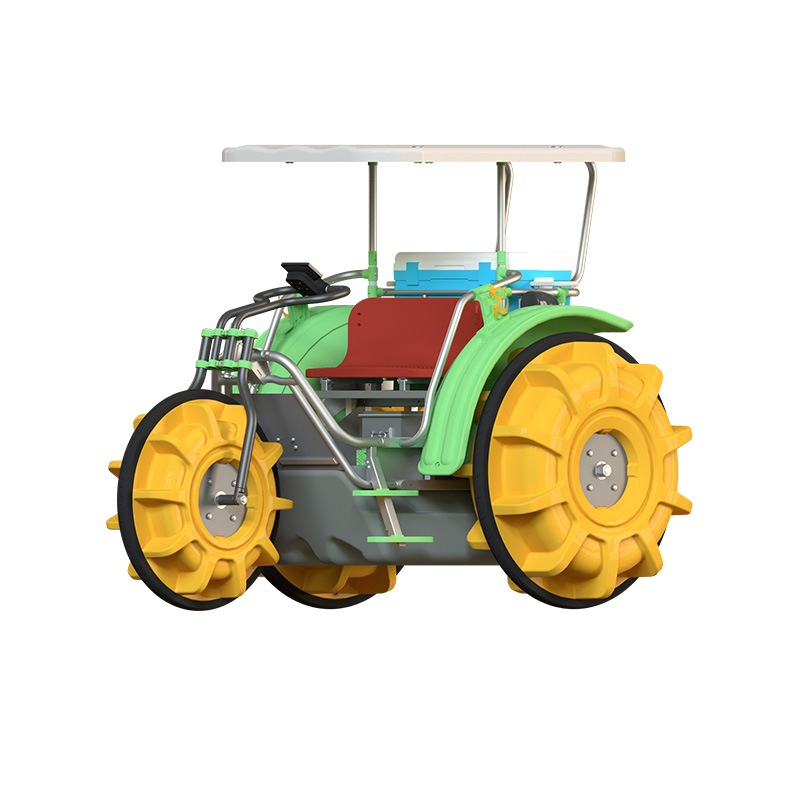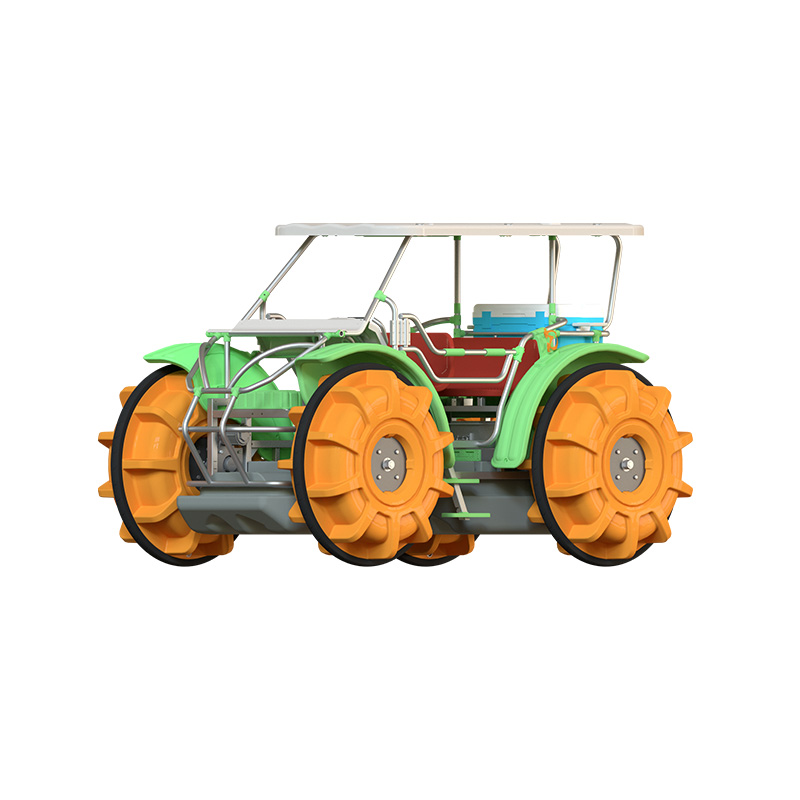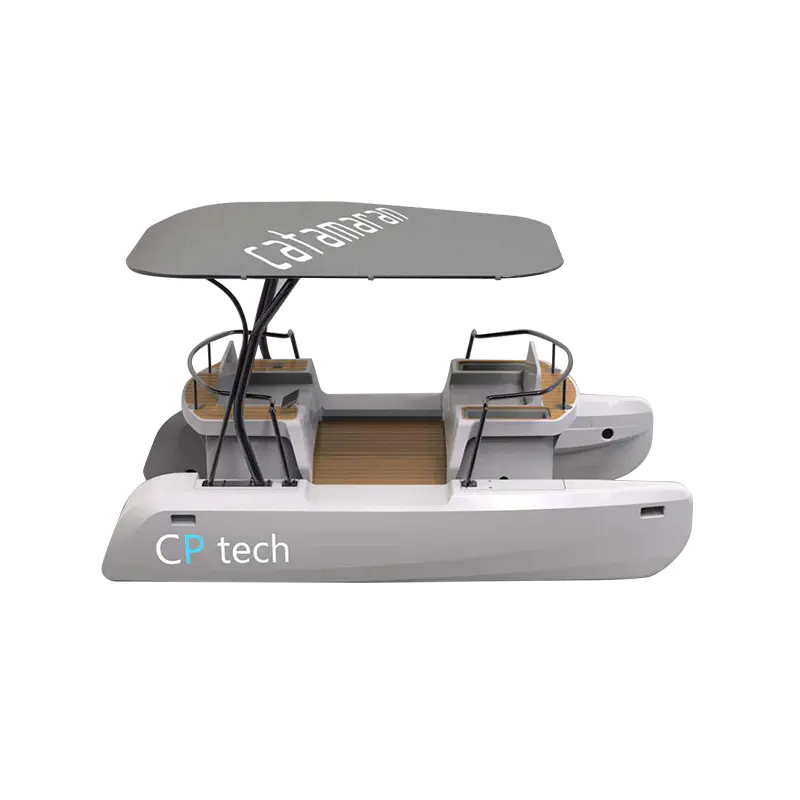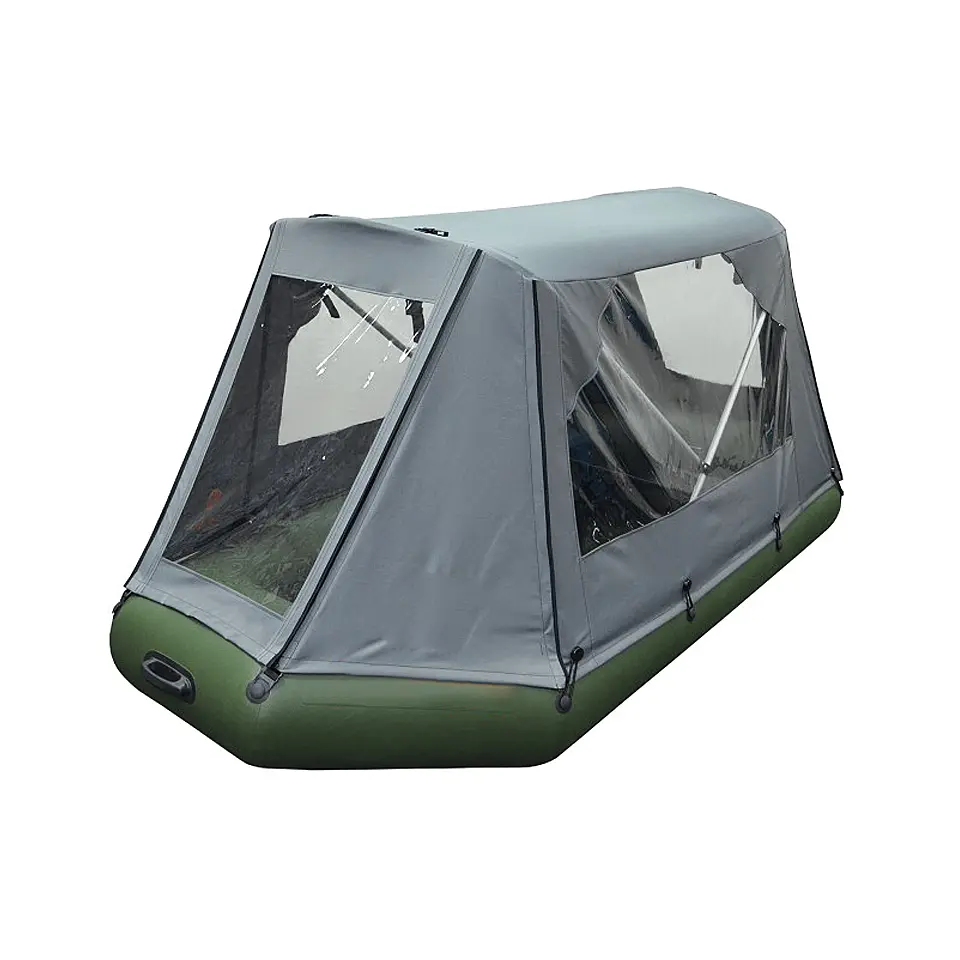Electric Fishing Kayaks: A Modern Approach to Angling
2025-04-18
Electric fishing kayaks have become increasingly popular among both amateur and experienced anglers. These kayaks are essentially traditional fishing kayaks equipped with electric propulsion systems, typically in the form of a small, efficient motor powered by a rechargeable battery. Their primary appeal lies in the combination of manual paddling and electric assistance, which provides greater flexibility and less fatigue during long fishing sessions.

Design and Functionality
An electric fishing kayak is built with stability in mind. Its hull design is often wider and flatter than standard recreational kayaks, allowing the user to stand and cast safely. These kayaks usually feature integrated rod holders, gear tracks, storage compartments, and sometimes even fish finders. The addition of an electric motor allows the user to travel longer distances or hold position against currents and winds without relying solely on physical effort.
The propulsion systems used in electric fishing kayaks are typically low-noise and low-emission, enabling a more environmentally conscious and less disruptive experience on the water. This quiet operation is especially beneficial for fishing, as it reduces the chance of scaring fish away.
Practical Benefits
The electric motor significantly reduces the physical strain on the user, making it suitable for longer trips or older individuals who may not be able to paddle continuously. With variable speed controls and the ability to go in reverse, users can fine-tune their positioning or navigate tight spots with more precision. Additionally, many electric fishing kayaks come with foot-pedal steering systems, freeing up the user's hands for casting and reeling.
The term “motorized impossible kayaks” refers to a new class of highly engineered kayaks that challenge traditional design limitations. These kayaks aim to offer performance by incorporating advanced materials, compact yet powerful propulsion systems, and unconventional shapes or structural concepts. While the term may sound exaggerated, it is used to describe watercraft that achieve capabilities previously considered impractical or unachievable in a standard kayak format.
Design Innovations
Motorized impossible kayaks often feature ultralight yet high-strength construction materials such as carbon fiber or reinforced polymers. Their shapes may deviate from the standard symmetrical kayak design, incorporating aerodynamic principles, hydrofoil elements, or modular components that allow for transformation or portability.
What sets these kayaks apart is the integration of powerful yet compact electric motors that provide high-speed propulsion while maintaining energy efficiency. Unlike traditional electric fishing kayaks designed for slow and steady movement, motorized impossible kayaks are optimized for performance, speed, and agility. Some are capable of navigating both calm and rough water with ease, and they often include advanced stabilization systems to prevent tipping at higher speeds.
Use Cases and Potential
While electric fishing kayaks are primarily used for angling and recreational exploration, motorized impossible kayaks open doors to broader applications. They can be used for adventure touring, coastal navigation, and even rescue operations in areas where larger boats cannot access. Their high maneuverability and compact form make them suitable for tight or shallow waters, where speed and responsiveness are critical.
In some cases, these kayaks are foldable or modular, enabling users to transport them easily and assemble them on-site. This level of portability makes them particularly appealing for explorers and travelers seeking efficient personal watercraft that do not require trailers or boat ramps.

 English
English  русский
русский  عربى
عربى 









